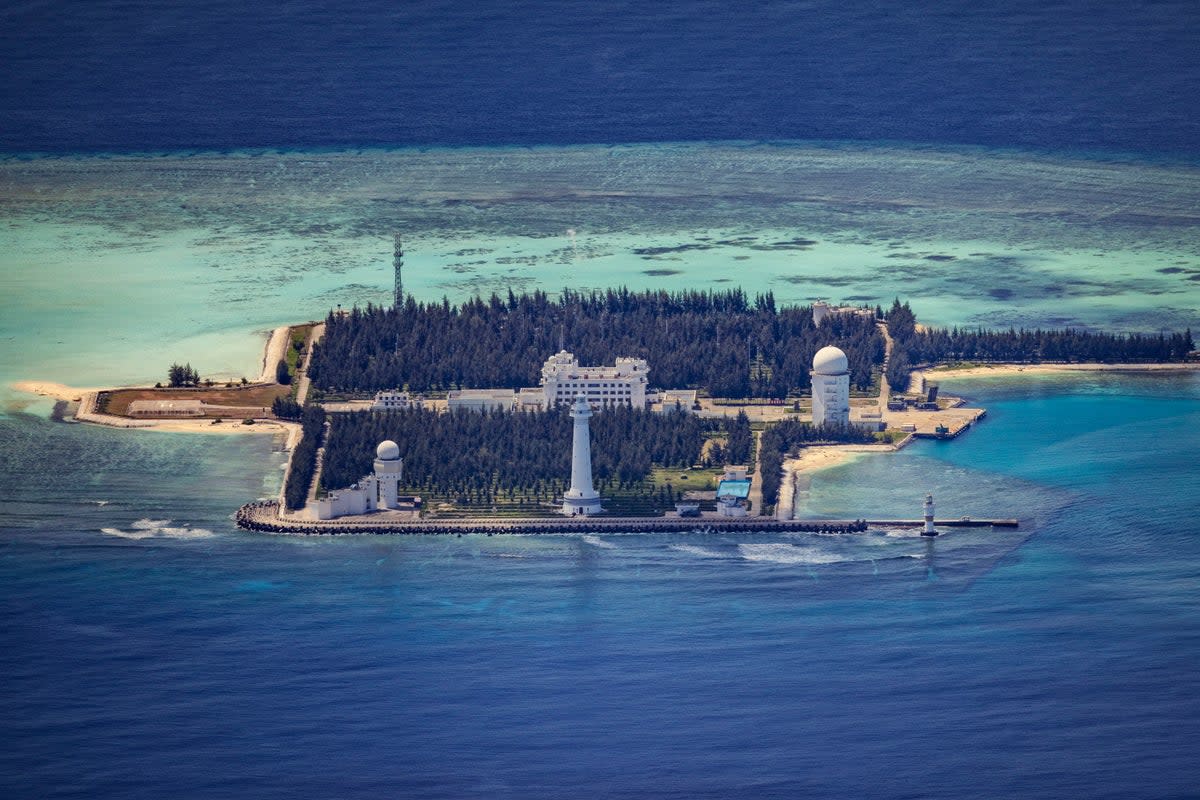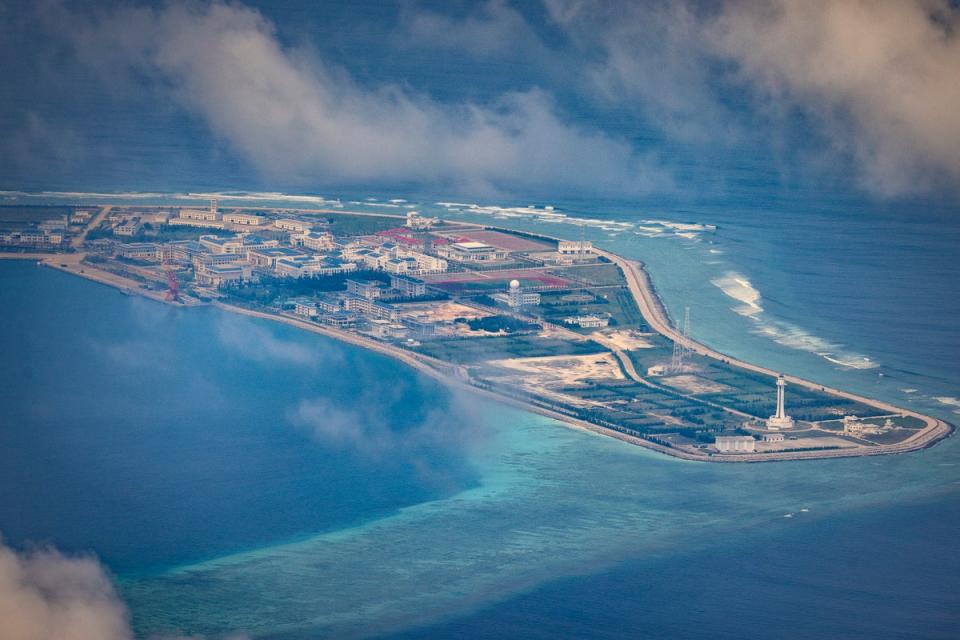Chinese team proposes invisible expansion in disputed South China Sea using tunnels

A team of Chinese scientists say they have come up with a way to build tunnels under artificial islands in the South China Sea,which Beijing uses to reinforce its claim to large swathes of contested territory.
These islands are small and overcrowded, especially in the Spratly reef chain where there are competing territorial claims from China, Taiwan, Vietnam, Malaysia and the Philippines.
It was previously thought that the soft coral sand in the region was unsuitable for below-ground construction, but a research team from the Ocean University of China claims to have solved the problem with a new method for reinforcing the islands and their surrounds, the South China Morning Post reported.
The method involves injecting a slurry mixed with fine cement particles into the ground, solidifying the substrate and allowing safe tunnel construction without water seepage or risk of collapse.
According to SCMP, the team suggested using this method to build large tunnels beneath China’s artificial islands in the region, and that this could bolster Beijing’s presence without provoking neighbouring countries.
The engineering team, led by Chen Xuguang, noted in a peer-reviewed paper published in April by the Ocean University of China’s journal: “As the functions required of the islands or reefs increase, more personnel are stationed on them and the living facilities on the islands are facing shortages.”
The paper states that the tunnels could house living quarters, store weapons, and offer shelter from extreme weather, enhancing the military and economic utility of the largest islands—Meiji (Mischief), Yongshu (Fiery Cross), and Zhubi (Subi).
In total there are six parties — Brunei, China, Malaysia, the Philippines, Taiwan, and Vietnam — with competing claims in the South China Sea, with China’s being the most expansive. In 2016, an international tribunal rejected China’s claims, but Beijing refused to accept the ruling.
According to the Asia Maritime Transparency Initiative at the Washington-based Center for Strategic and International Studies: “China has 20 outposts in the Paracel Islands and 7 in the Spratlys. It also controls Scarborough Shoal, which it seized in 2012, via a constant coast guard presence, though it has not built any facilities on the feature.”
It says that “since 2013, China has engaged in unprecedented dredging and artificial island-building in the Spratlys, creating 3,200 acres of new land, along with a substantial expansion of its presence in the Paracels”.
China has reportedly fully militarised three of its artificial islands in the contested South China Sea, arming them with missile systems, fighter jets, and other military facilities, senior US naval commander Admiral John C Aquilino said in 2022.

“The function of those islands is to expand the offensive capability of the PRC [People’s Republic of China] ... They can fly fighters, bombers plus all those offensive capabilities of missile systems,” Mr Aquilino said at the time.
“They threaten all nations who operate in the vicinity and all the international sea and airspace,” he told the Associated Press.
Mr Aquilino said that “over the past 20 years we’ve witnessed the largest military buildup since World War II by the PRC”.
“They have advanced all their capabilities and that buildup of weaponisation is destabilising to the region.”
In 2015, Xi Jinping, during a visit to the White House said: “Relevant construction activities that China are undertaking in the island of South – Nansha (Spratly) Islands do not target or impact any country, and China does not intend to pursue militarisation.”
Mr Xi also said that China is “committed to maintaining peace and stability in the South China Sea”.

Earlier this month, the Philippines increased surveillance in its South China Sea territory amid accusations that China is building a new artificial island.
The Philippine Coast Guard has deployed a ship to Sabina Shoal in the Spratly archipelago, where it alleges China’s construction activities have been causing damage to coral.
China denied these accusations, labelling them as groundless rumours and urging Manila to resolve maritime disputes through negotiation. The Sabina Shoal is a strategic point for resupplying Philippine troops stationed nearby.


